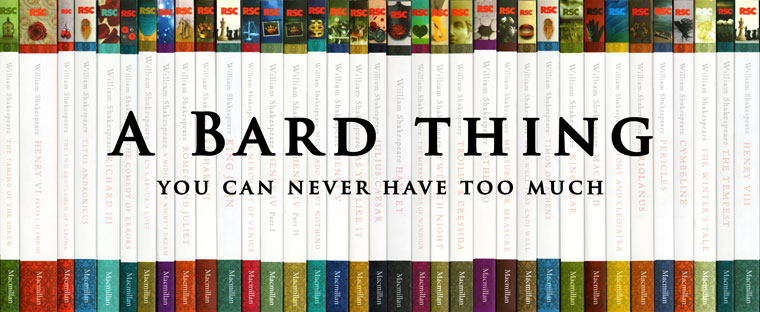© Glenn Saunders, 2010
16/05/2014
09/05/2014
07/05/2014
The Shakespeare Project
As with The Playlist, the rules are simple: one track for every production, so long as it captures something of the essence of the play (or production).
All’s well that ends well: Shakespeare’s Romances as restoratives
This essay was first published online at thespellofwakinghours in December 2013.
Thou met’st with things dying,
I with things newborn.
I with things newborn.
Old Shepherd, The Winter’s Tale (III.3)
I.
Of the four genres that Shakespeare’s plays can be broken into, it is the final group that is perhaps the most maligned and misunderstood. Yet it is this very same group that perhaps holds the keys to unlocking the humanism at the heart of Shakespeare’s oeuvre. These four plays, the ‘Romances’ – comprising Pericles, Cymbeline, The Winter’s Tale, and The Tempest – are generally believed to have been written between 1608 and 1612. When viewed together, they form a valediction to one of the most consistently human and moving bodies of work in the modern-English literature canon, and are characterised by their almost fairytale-like plots and structures, and almost-absurdly contrived turns of events that carry them from one incredible scene to the next. Read as a progressive series of Chinese boxes, this quartet (or quintet, as I shall suggest) forms a coda to the plays, poems and sonnets that have come before them. There is a restoration of balance at their heart, a distinct sense of regaining an inherent aesthetic equilibrium, one that sets out to right wrongs; like Prospero at the conclusion of The Tempest, they seem to be asking readers and audiences alike, “As you from crimes would pardon’d be, Let your indulgence set me free.”
Labels:
2013,
Cardenio,
Cymbeline,
dreams,
Essays,
exit pursued by a bear,
fairytales,
heroines,
lost play,
magic,
newborn,
Pericles,
Romances,
Shakespeare,
stories,
The Tempest,
The Winter's Tale,
women
Subscribe to:
Posts (Atom)



